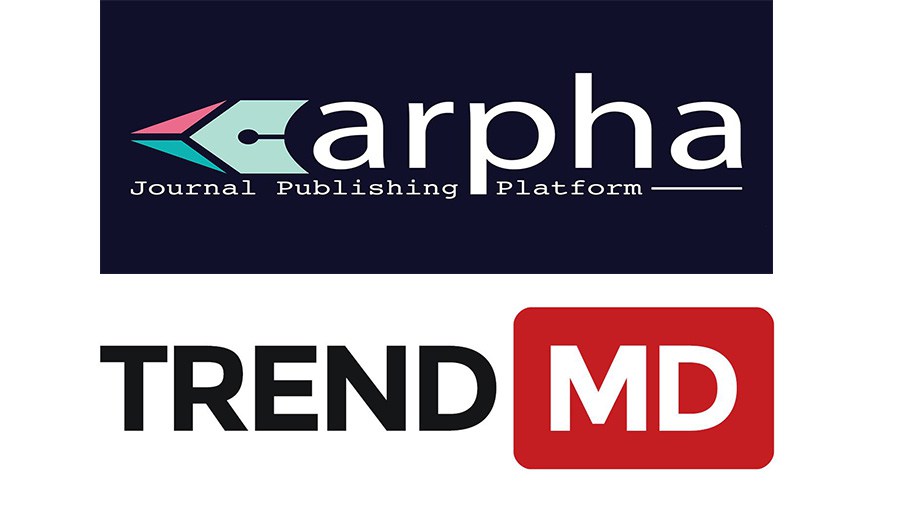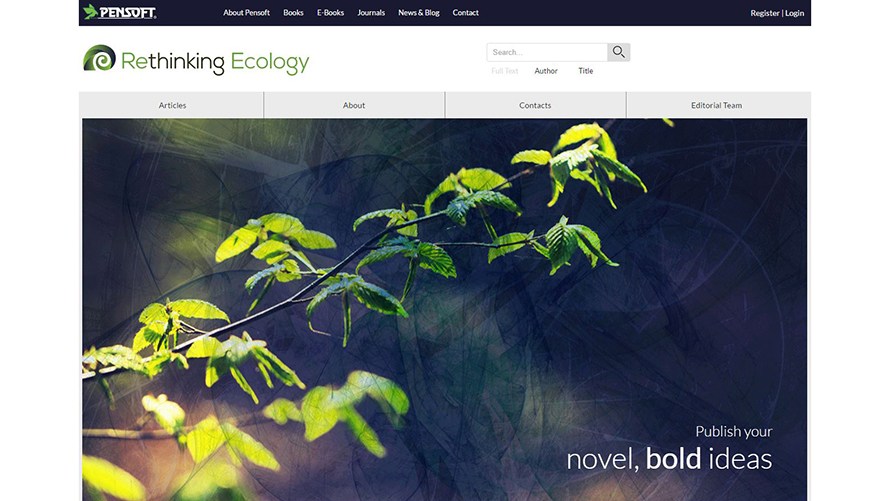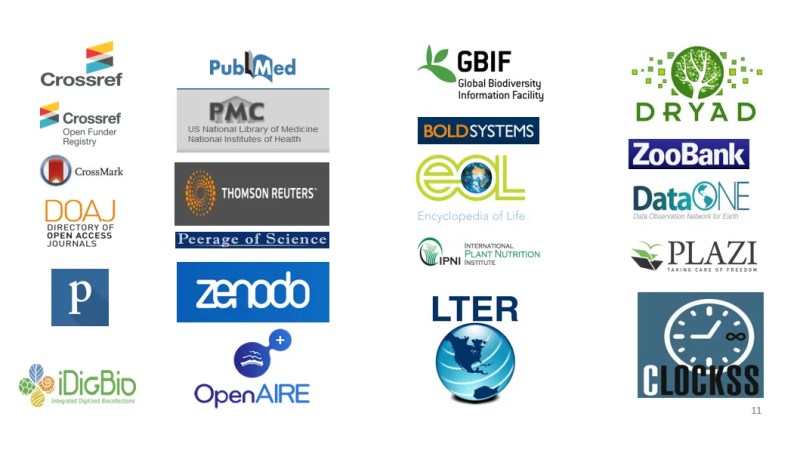The Orthopterists’ Society’s Journal of Orthoptera Research (JOR) joins the growing portfolio of open access titles published on the Pensoft-developed journal publishing platform ARPHA(abbreviation for Authoring, Reviewing, Publishing, Hosting and Archiving).
The first issue in collaboration with Pensoft is live on the new journal’s website as of June 2017.
 While preserving its attractive and well-known style and global expertise on the order Orthoptera and other closely allied insect orders, the journal now offers increased accessibility through a modernised design, intuitive interface, and many high-tech perks for authors, readers, reviewers and editors alike.
While preserving its attractive and well-known style and global expertise on the order Orthoptera and other closely allied insect orders, the journal now offers increased accessibility through a modernised design, intuitive interface, and many high-tech perks for authors, readers, reviewers and editors alike.
In continuous publication since 1992, Journal of Orthoptera Research is no newcomer to the arena of entomological peer-reviewed journals. It has enjoyed an esteemed place in the canon as the only global scientific publication dedicated to publishing work on the grasshoppers, crickets and bushcrickets. Now, the move to Pensoft ushers the journal to a new digital age by providing a modernised platform for showcasing fascinating research on these most charismatic and valuable of insects.
Among the innovative advantages is fast-track and convenient publishing thanks to ARPHA. Each manuscript is carried through all stages from submission and reviewing to dissemination and archiving on a single platform to facilitate and expedite the process using the best technological capabilities. Furthermore, this results in publications available in three formats (PDF, XML, HTML) with state-of-the-art semantic enhancements, so that articles can be easily found, accessed and harvested by both humans and machines.
Among the nine articles comprising the first Journal of Orthoptera Research issue since joining Pensoft [JOR Vol. 26(1)], there is a new species of bushcricket from China that sings an unusually complex tune when courting its potential partners; a curious experiment in the colour-shifting abilities of adult grasshoppers; and a description of a unique YouTube video showing two male bushcrickets engaging in previously unreported sexual activities.
“It’s pretty exciting to welcome Journal of Orthoptera Research to Pensoft’s family,” says Pensoft’s founder and CEO Prof. Lyubomir Penev. “We first started discussions on the possible publication of the journal by Pensoft back in 2010 and have resumed them a couple of times since. I am happy to see the journal now published in the modern design and format it really deserves!”
“I’m certain that ARPHA will secure the right place for Journal of Orthoptera Researchamong a whole portfolio of excellent zoological journals. Our journal will definitely feel at home next to the names of Journal of Hymenoptera Research, Nota Lepidopterologica, Zoologia, ZooKeys and many others,” says Editor-in-Chief Dr. Corinna Bazelet.
The journal will continue being released biannually. Traditionally, it publishes research on the insect order Orthoptera, as well as its close allies – Blattodea, Mantodea, Phasmatodea, Grylloblattodea, Mantophasmatodea and Dermaptera. The range of biological studies of these insects includes diversity, conservation, and control and management of pest species. As for the article types accepted in the journal, in addition to original research, editors will be considering review articles, short communications, and articles focusing on policy and management of Orthoptera.
***
Follow Journal of Orthoptera Research on Twitter | Facebook.





































